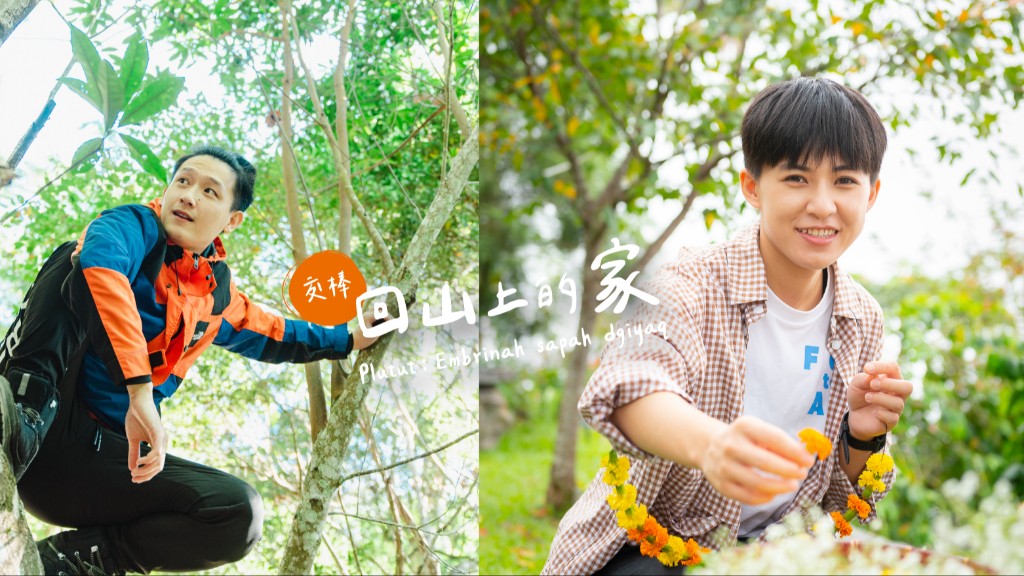Over these years, the life and educational issues about urban indigenous people have received constant attention from various sectors of society. In particular, the development of the Taiwanese indigenous languages has been placed in the limelight since the passage of Indigenous Languages Development Act in 2017. The promotion of the indigenous language becomes a major task not only for the Council of Indigenous Peoples, but also for schools at all levels.
Figures released by the Council of Indigenous Peoples show that from 1960 to 1987 when Taiwan’s martial law was lifted, the number of indigenous people in the cities accounted for only 3 % of the overall indigenous population. But to date, the figure has risen to 46 %, which means that over 200,000 people, almost half of Taiwan’s indigenous population of 560,000, are now residing in the urban areas. This indicates a growing number of urban indigenous residents which is very likely to exceed that of those in indigenous villages in the future.
The increase of urban population, however, also reflects the difficulties that modern indigenous peoples are confronted with. More attention is required to address such problems as children being raised by their grandparents in remote areas and urban indigenous migrants’ inability to cope with the highly competitive and fast-paced city life. When viewed in terms of geographical distribution, Taiwan’s indigenous population can be divided into two groups: those living in the cities and others in indigenous communities, with the Central Mountain Range being the dividing line. The geographical environment imposes natural restrictions on the overall development of the island, which is the main factor that contributes to the growing divide in the indigenous population between Eastern and Western Taiwan. As far as urban indigenous people are concerned, however, it is worth exploring whether they have a feel as if they are living in an “urban jungle”, and what kind of meaning such a concept symbolizes.
After decades of urbanization, many locally born and raised indigenous people seem to be no different from other urban residents in their pursuit of better life quality and the adaptability to the city life. But if we take a close look at the overall situation, we’ll find quite a few issues worth exploring. Take the demographic trend for instance. The population of indigenous people in Northern Taiwan has been on the rise over the past few years. Such is the case with Taoyuan City. It has experienced an increase of indigenous residents from 30,000 in 2013 to 75,000 this year, making the city a close rival to Taitung with an indigenous population of 78,000. Of course, this has much to do with the difference in the living environment, while it also points to the poor employment environment of indigenous communities. In the past decade or so, however, Eastern Taiwan has also seen immigration of urban people from cities to indigenous communities. Most of these migrants are retired civil servants or businesspeople from other localities. In addition, thanks to the convenient transportation, the “One-Day Community” lifestyle is taking shape. All these factors make it even harder to give a clear definition of “urban jungle,” which to some extent requires more discussions.
Life in the cities, which is fast-paced, is completely different from that in indigenous communities. Even indigenous peoples themselves may hold varying ideas and values about modern life. This is not a question of right or wrong, however, but one that requires the government to pay more attention to the divides between the urban and rural areas in educational resources and levels of economic and cultural development. It is the government’s responsibility to achieve balanced regional development by actively implementing its policies to help the indigenous people get rid of the fate of lagging behind.
Looking back at the construction of high-rises in Northern Taiwan 30 to 40 years ago, those buildings represented the advance of modern life, in which many indigenous migrants played an important part and therefore deserved respect and recognition. As we enjoy these achievements, we must not forget to pay constant attention to issues regarding the welfare and interests of urban indigenous people, including education for youths and improvement of the employment environment and living environment.
Acting CEO of Indigenous Peoples Cultural Foundation







